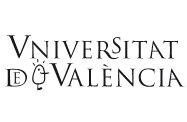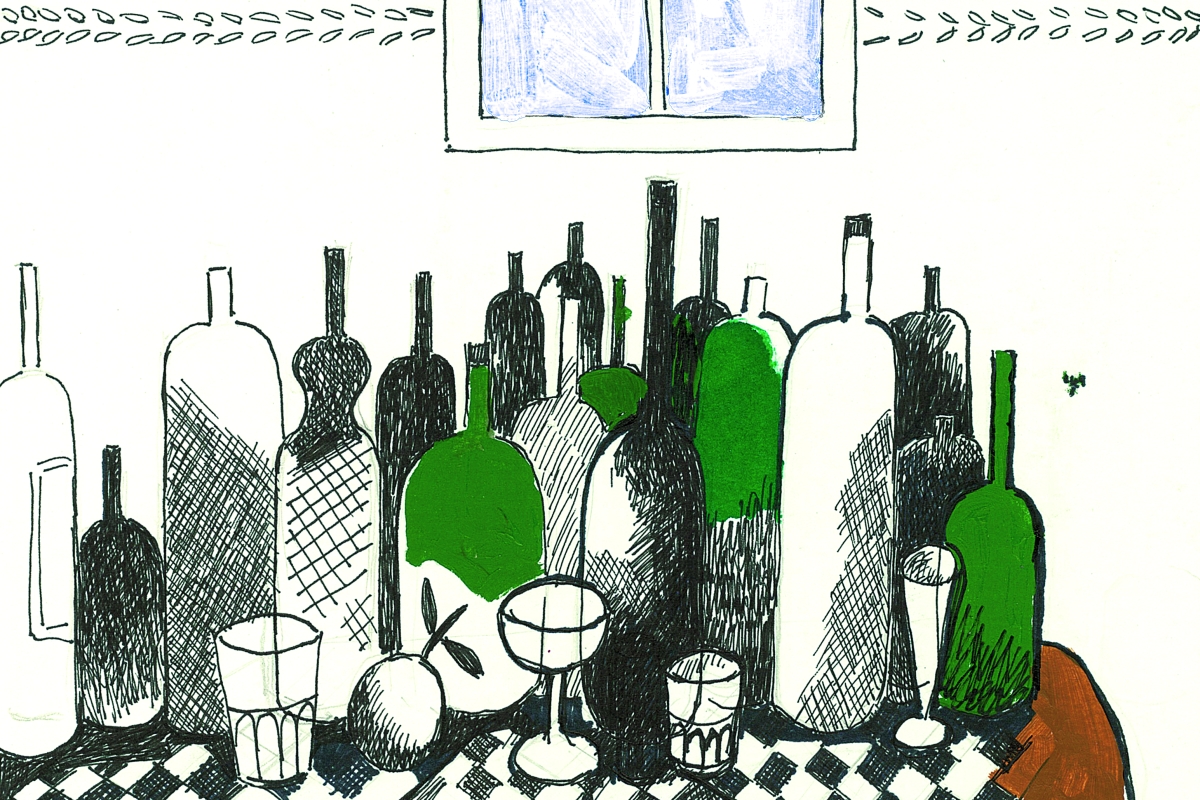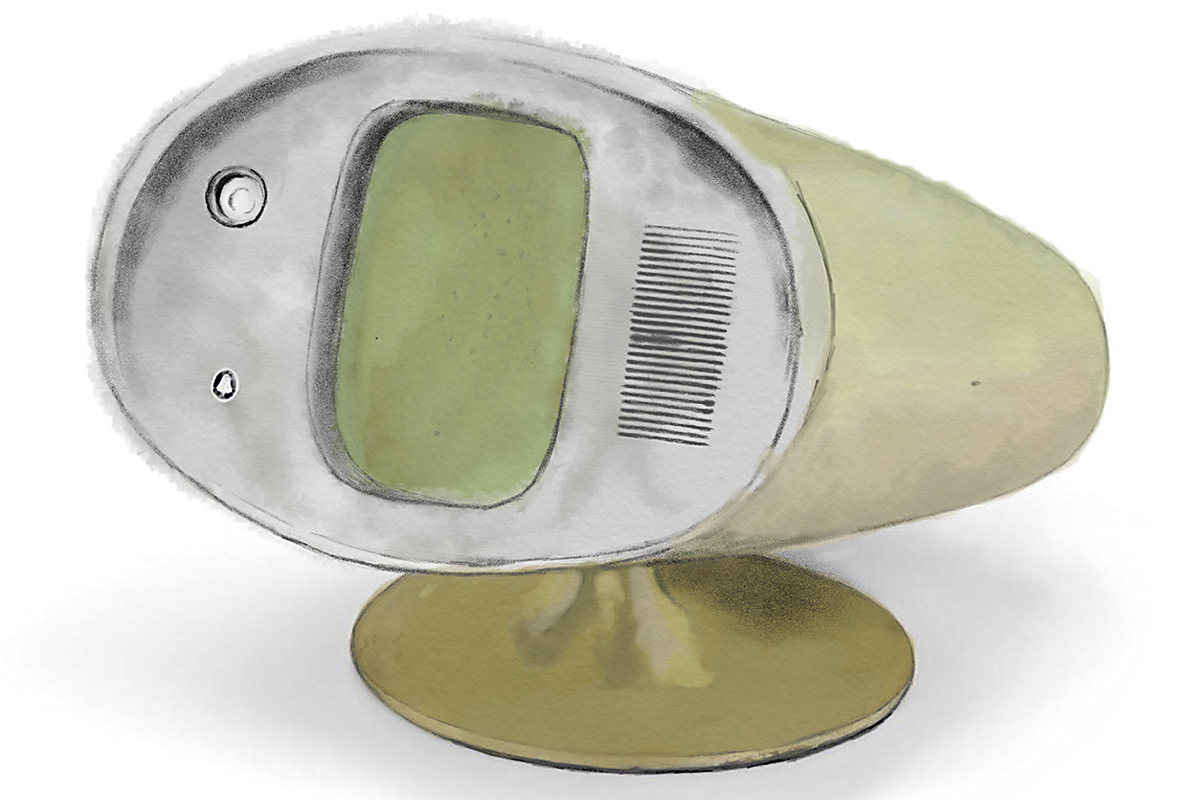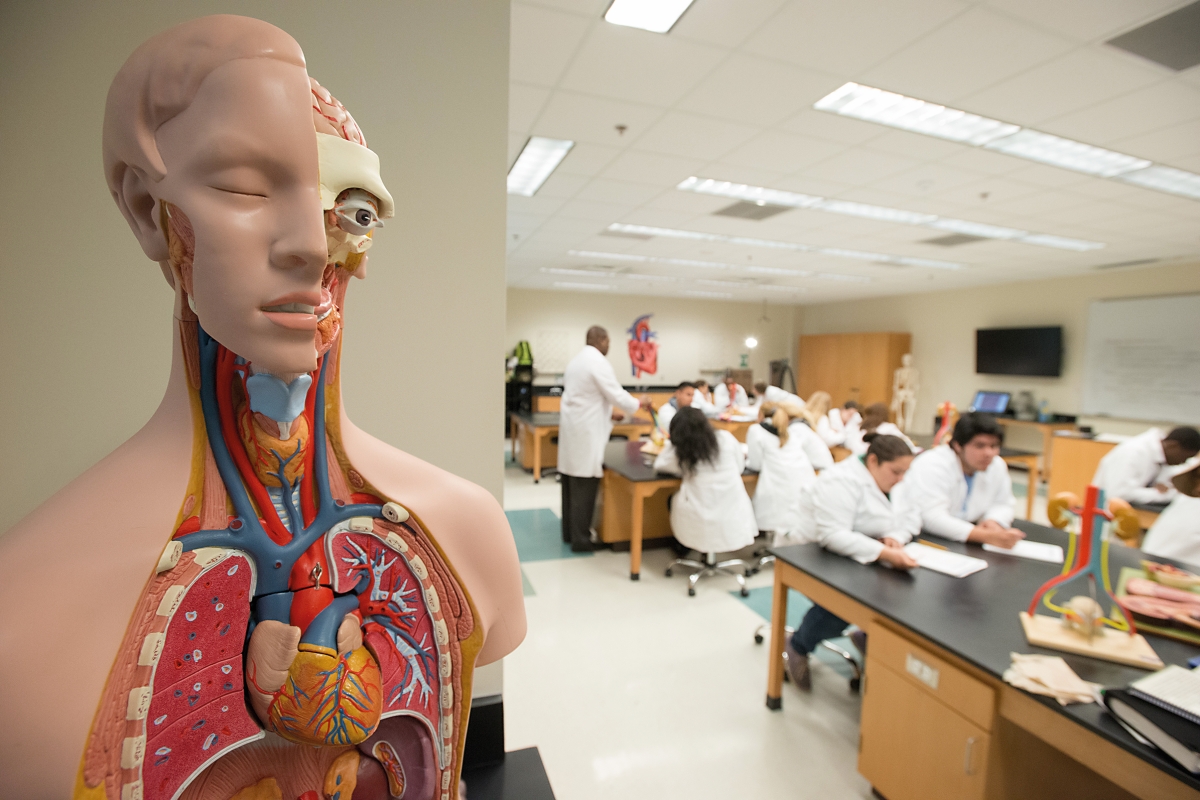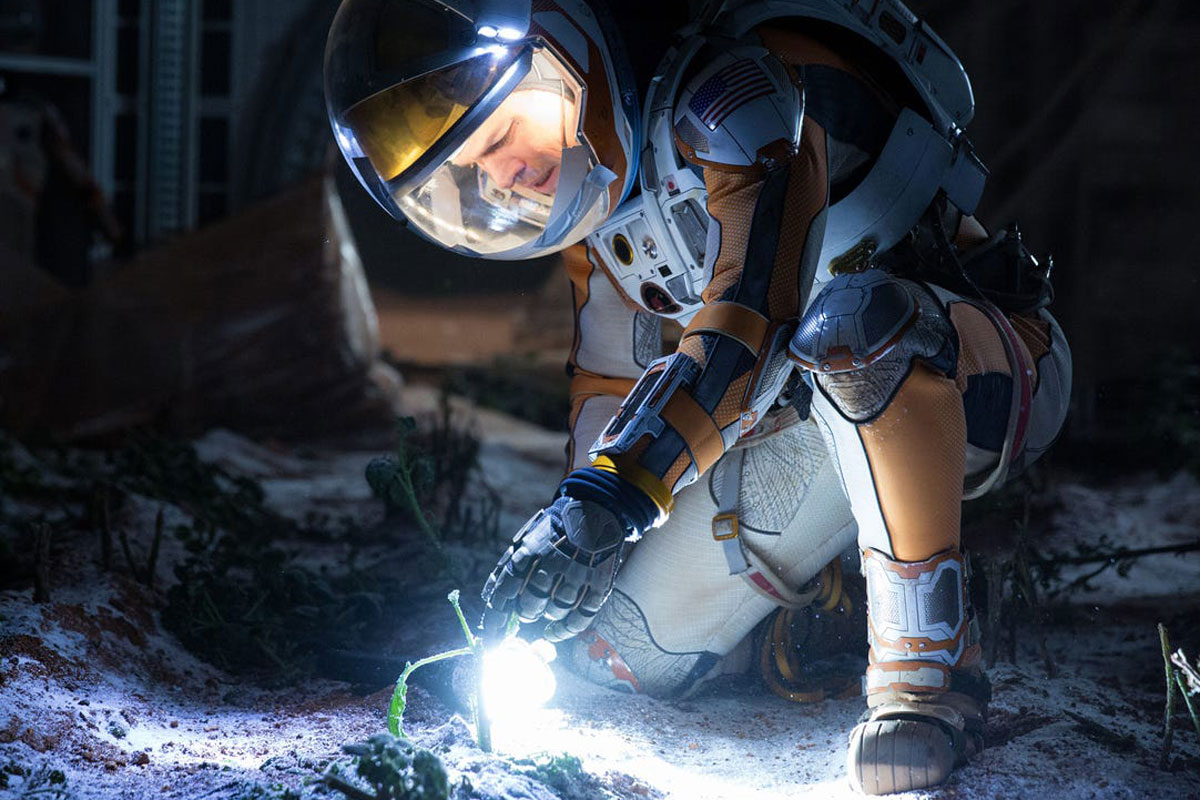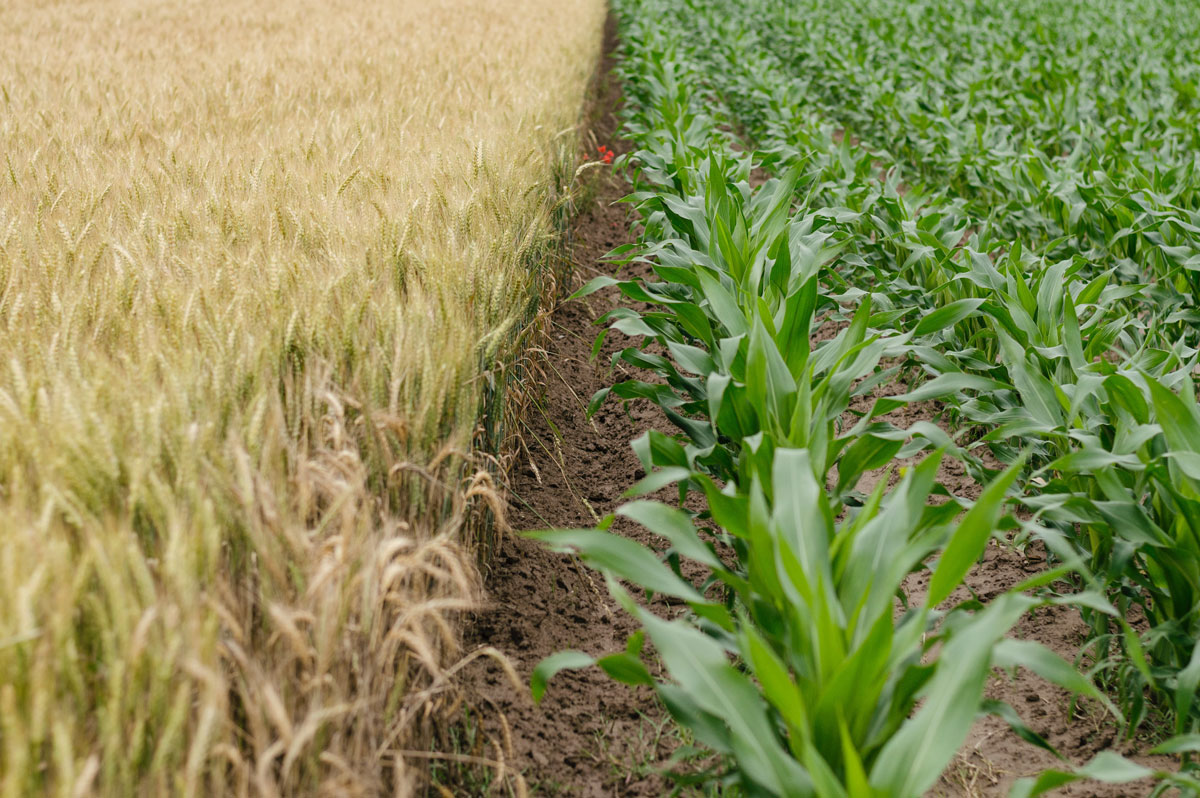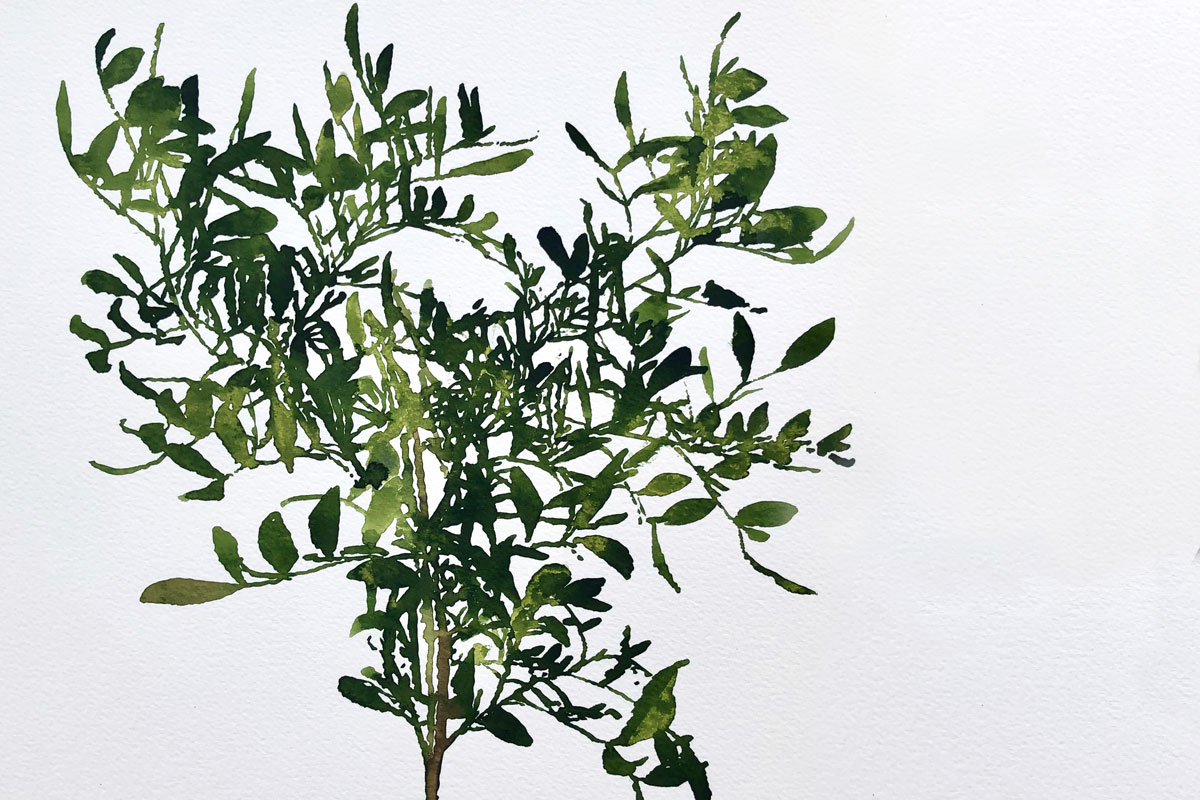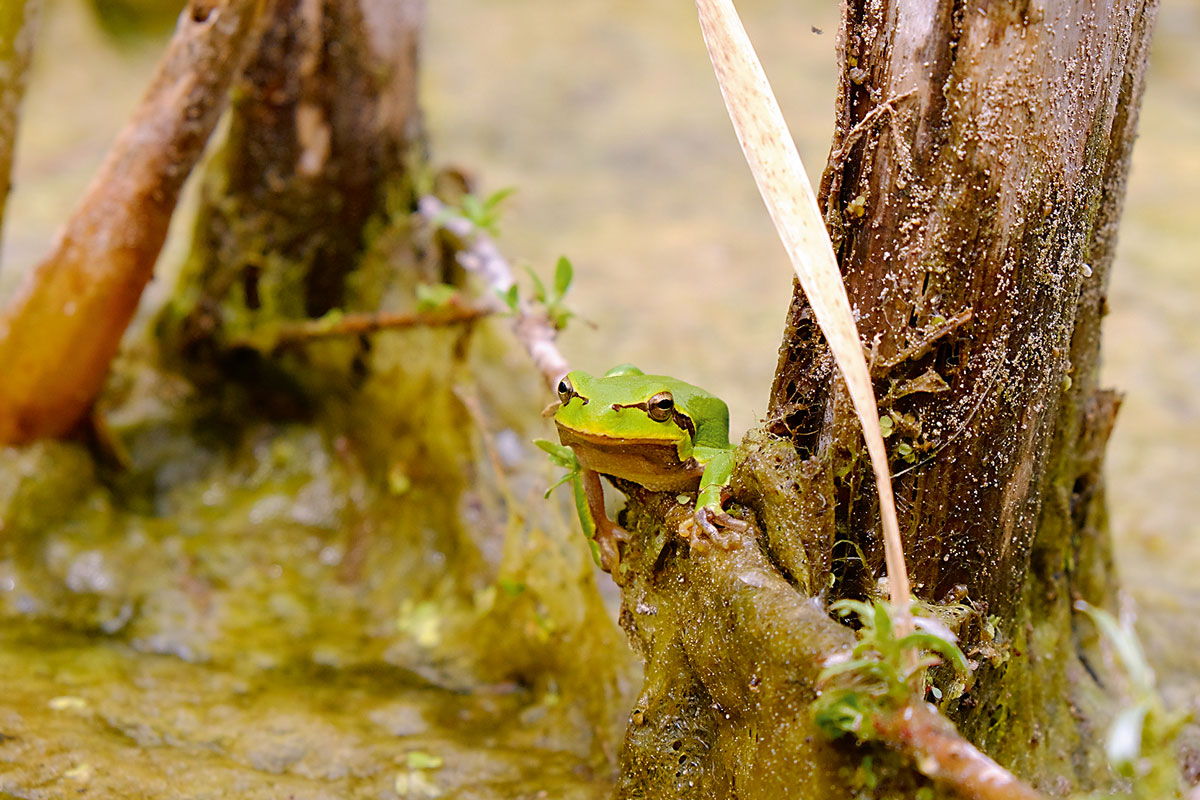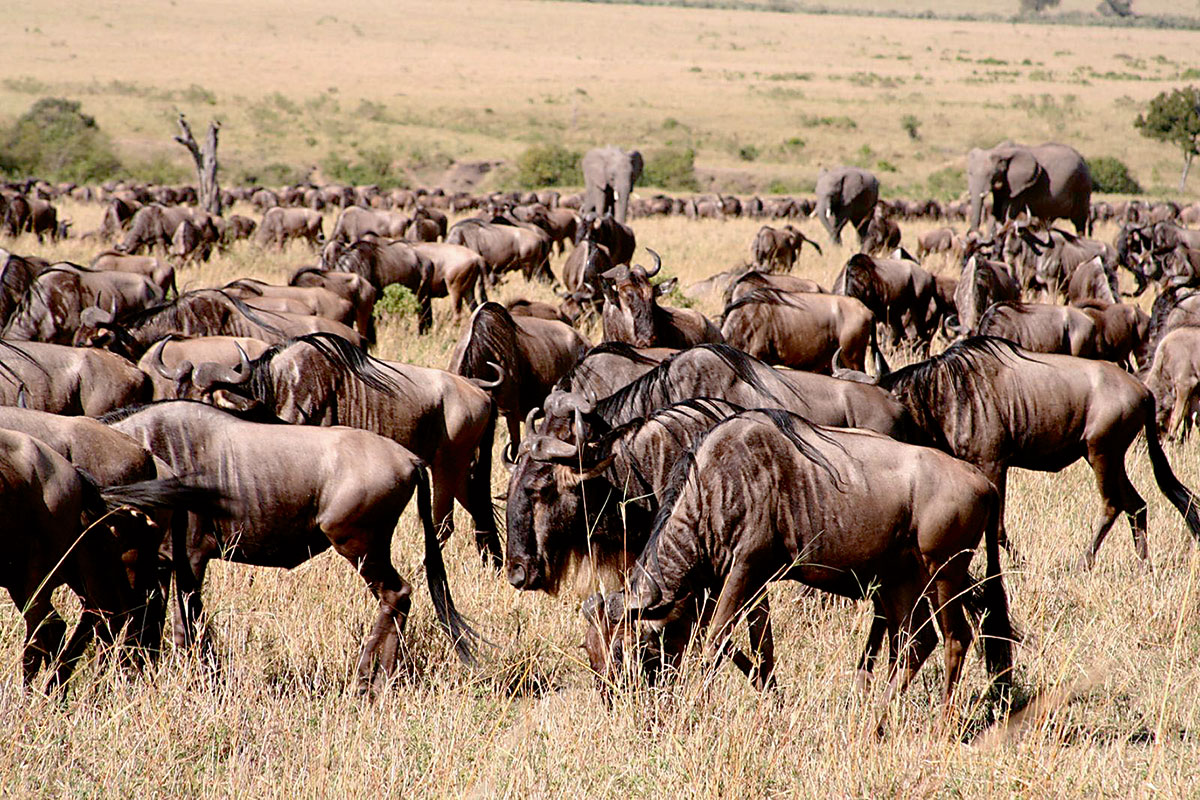Search
Miracle diets can produce health issues due to rapid weight loss, excessive energy restrictions, and the exclusion of certain foods or nutrients from the diet.
Foods that are rich in fats and sugars are pleasurable because they stimulate our reward circuits, the same circuits that are activated by drugs. In a context in which unhealthy diets and drug abuse are common from adolescence, it is important to investigate their consequences.
For guidelines to be useful, they must consider cultural, anthropological, educational, social, and economic factors, as well as the usual diet of the target society.
There is a widespread misconception, mainly due to perverse agnogenic practices, that nutrition is hard and confusing, that we do not really know what to eat and that health professionals cannot agree.
Nutritional epidemiology currently studies the diet-disease relationships. In this review, we analyse the impact of diet on health and the importance of dietary factors in the prevention of non-communicable diseases.
The norm of our time is to eat alone and constantly consume individually-packaged, unidentified products.
Growing concern for health has fuelled interest in the relationship between diet and disease prevention. But despite the remarkable scientific advances, there are still many unanswered questions, and many evidence-based messages do not reach the population and are lost in a sea of misinformation and half-truths.
Society as a whole benefits from open science, and we can certainly think of it as being critical in responsible research and innovation. It is useful to separate these to some degree, however, for the purpose of understanding whether and how the use of standards could influence the robustness of RRI and OS.
Limited adoption of development standards suggests that we still do not understand why software is so difficult to produce. Software standardisation has been limited by our poor understanding of humans’ role at the origin of technological diversity.
Understanding standardisation as a form of social ordering makes visible aspects of standards that are otherwise obscure. It allows us to move past the immediately accessible at the bench, on the screen, and in text and talk.
The concept of standardization is linked to the industrial revolution and mass production of goods through assembly lines. The question we will try to answer is the extent to which standards can be achieved in the biological realm.
Synthetic biology goes one step further by incorporating conceptual frameworks from computing, electronics, and industrial design. This change makes it possible to conceive the creation of complex biological objects that were previously considered too difficult to assemble.
In the field of biotechnology and synthetic biology – which aims at studying living things from the point of view of engineering – standards are desirable, but it has yet to be proved that they can be widely adopted.
Space exploration will require life support systems, in which plants can provide nutrients, oxygen, moisture, and psychological well-being and eliminate wastes.
The new biotechnological approaches to the design of resistant crops will allow us to cut agricultural losses and reduce chemical inputs.
Biotechnological tools such as gene editing or synthetic biology will contribute to increase agricultural production in a sustainable way.
Twenty-first-century agriculture faces major challenges that urgently need to be answered. In the last decade, new breeding technologies have been developed that can help meet these challenges.
The introduction of CRISPR/Cas gene-editing technology has provided a new approach to crop improvement and offers possibilities for obtaining varieties.
This monograph analyses the possibility of cultivating plants outside our planet Earth; presents advances in genome editing such as those that have allowed my laboratory to obtain seedless tomatoes; assesses strategies that should lead to more plentiful harvests using fewer resources; and explains biotechnological strategies to strengthen plants’ immune systems or to use them as biofactories in which we can harvest molecules of health or nutrition interest. Will that be enough? Will we make it in time?
Exploring the diversity of ways in which different organisms cope with it can lend us novel insights on the biodiversity that surrounds us.
The evolution of antibiotic resistance is probably the most spectacular example of evolution of a biological system innovation that we have had the opportunity to observe in real time.
Three decades after the Chernobyl accident, the biodiversity of the area has completely recovered. The mechanisms that allow organisms to live in this area are still the subject of study and controversy.
Studying evolution in the face of environmental uncertainty is crucial to understand biological diversity, because diversifying life strategies is key to survival and reproduction in uncertain environments.
More and more, ecologists are starting to recognise that preserving the maximum number of species is insufficient.
